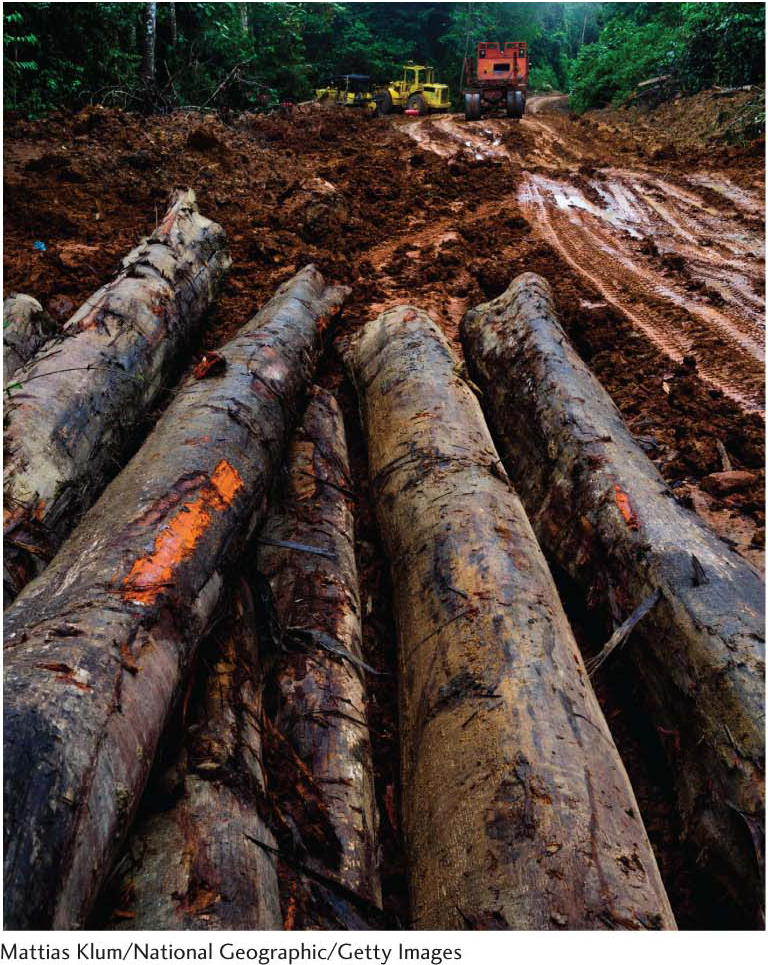The Calvin Cycle
23.1 The Calvin Cycle Synthesizes Hexoses from Carbon Dioxide and Water
23.2 The Calvin Cycle Is Regulated by the Environment
427

The light reactions transform light energy into ATP and biosynthetic reducing power, NADPH. The second part of photosynthesis uses these raw materials to reduce carbon atoms from their fully oxidized state as carbon dioxide to the more reduced state as a hexose. These reactions are called the dark reactions or the light-
428